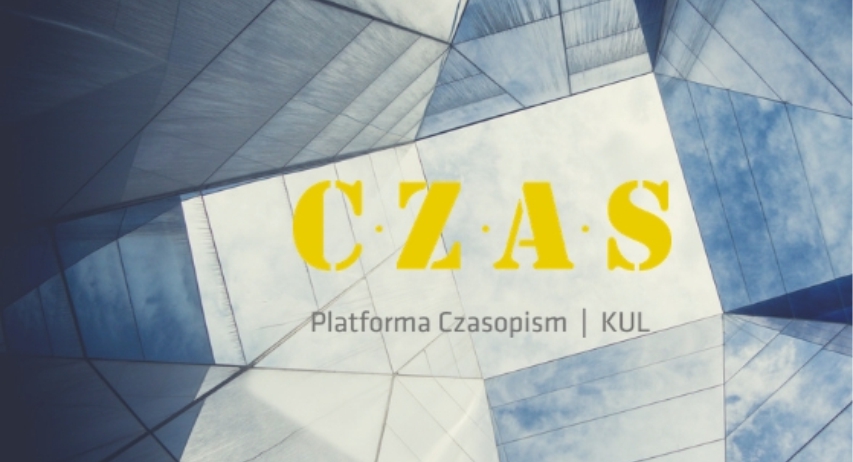Social caricature in Jean Bruller's albums: a human comedy of the interwar years
María de los Ángeles Hernández Gómez
Université Clermont Auvergne , Francehttps://orcid.org/0000-0001-5883-5420
Abstract
The first albums of the cartoonist Jean Bruller propose an original social caricature by combining text and image. La danse des vivants (1932-1938) aspires to illustrate the human comedy of the 20th century with a caricature of customs and a universalist tone; Visions intimes et rassurantes de la guerre (1936) is anchored in the interwar years to develop a social criticism strongly influenced by the threats of war. This article offers an in-depth analysis of the aesthetics of Jean Bruller’s two works, marked by a particularly wry and ironic humour and some pessimism. This analytical approach will also be complemented by an account of the dialogue between the work and the artist’s thinking, as well as of the dialogue between his production and the historical-social context.
Keywords:
Jean Bruller, Vercors, drawing, album, caricature, 20th century, mankindReferences
Bruller, J. (2000). La danse des vivants. A. Riffaud (éd.). Le Mans : Création & recherche.
Bruller, J. (2002). Visions intimes et rassurantes de la guerre. A. Riffaud (éd.). Paris : Omnibus.
Clavel, M. (1970). Qui est aliéné ? Critique et métaphysique sociale de l’Occident. Paris : Flammarion.
Martin du Gard, R. (1936). Lettre de Roger Martin du Gard à Jean Bruller. Paris : Fonds Vercors.
Nerlich, M. (1990). Qu ’est-ce qu’un iconotexte ? Réflexions sur le rapport texte-image photographique dans La Femme se découvre d’Évelyne Sinassamy. Dans A. Montandon (éd.). Iconotextes (p. 255-302). Clermont-Ferrand : Orphys.
Olivera, P. et Offenstadt, N. (1993). L ’engagement pour la paix dans la France de l’entre-deux-guerres : un ou des pacifismes ? Matériaux pour l’histoire de notre temps, vol. 30 / 1, 53-56.
Roy, C. (1974). Esprit de la caricature. Dans C. Roy, R. Searle et B. Bornemann (éds.).
La Caricature. Art et manifeste du XVIe siècle à nos jours (p. 9-24). Genève : Skira.
Tillier, B. (2005). À la charge ! La caricature en France de 1789 à 2000. Paris : Les Éditions de l’Amateur.
Tillier, B. (2015). Une grammaire de la caricature. Dans P. Ory, C. Delporte, B. Tillier, L. Bihl, E. Pierrat et al. (éds.). La caricature... et si c’était sérieux ? Décryptage de la violence satirique (p. 31-39). Paris : Nouveau Monde.
Vaillant, A. (2014). Esthétique du rire. Nanterre : Presses universitaires de Paris Nanterre.
http://books.openedition.org/pupo/2303
Van der Linden, S. (2008). L’album, le texte et l’image. Le français aujourd’hui, 161, 51‑58.
Vercors (1982). Les occasions perdues. L’après Briand (1932-1942). Paris : Plon.
Vercors (1991). À dire vrai. Entretiens de Vercors avec Gilles Plazy. Paris : F. Bourin.
Vercors (2002). La bataille du silence. A. Riffaud (éd.). Paris : Omnibus.
Université Clermont Auvergne https://orcid.org/0000-0001-5883-5420
License
Papers of the journal are licensed under a Creative Commons Attribution 4.0 International License.










